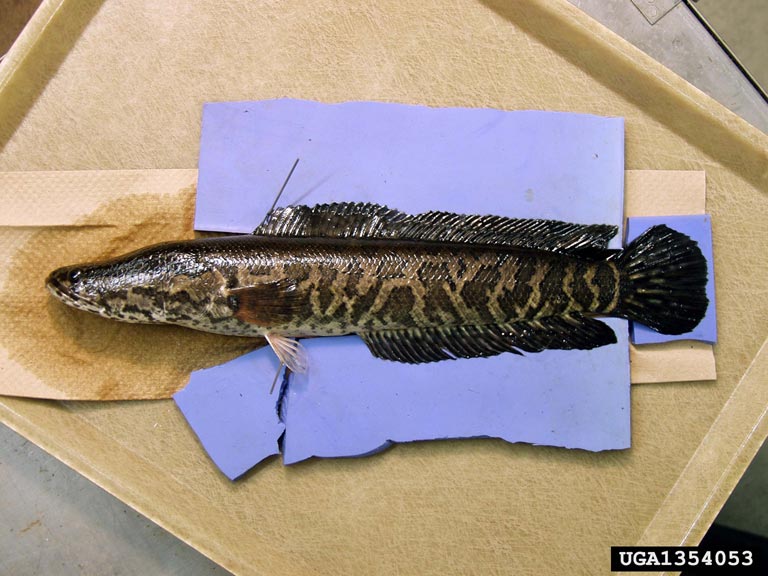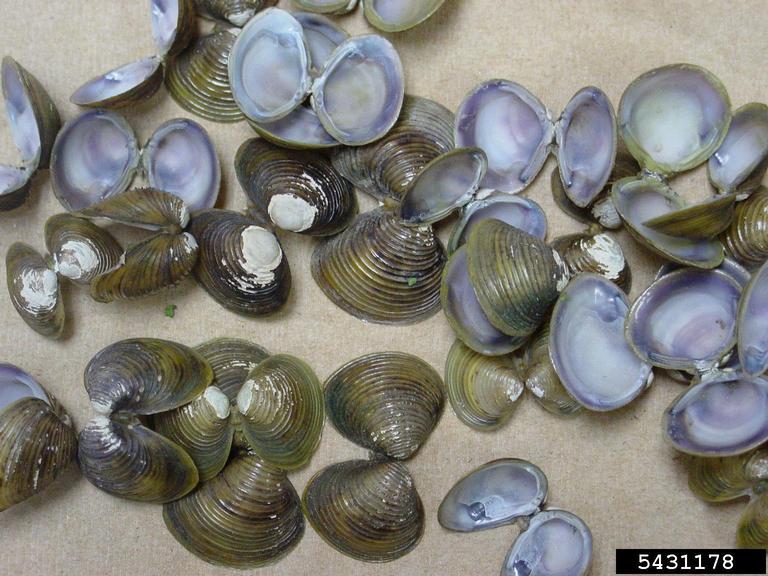Aquatic farming—raising aquatic plants and animals for harvest—is a rapidly growing global industry. The ‘farms’ range from large aquaculture facilities to small home aquaponic tanks to waterways stocked by individuals for private consumption. And the species are just as diverse. In the U.S. alone, more than 100 different aquatic plants and animals are raised on aquaculture farms. This diversity, coupled with a lack of federal regulation, makes aquatic farming a common pathway for aquatic invaders. Unauthorized introductions and accidental escapes have helped plants, fish, mollusks, viruses, parasites and other pests spread to new habitats.
Case in point: Snakeheads

Several species of snakeheads (Channidae) native to Africa and Asia have spread to the U.S. over the years, in part from efforts to turn them into a local food source. These air-breathing fish have no predators in U.S. waters and can live on land for several days as long as they remain wet. These characteristics allow them to outcompete native fish for food and make it easier for them to invade nearby waterways. Because the snakehead family is federally listed as an injurious species, it is illegal to carry any of its 28 species across state or federal boundaries.
Case in point: Asian clam

Asian clam (Corbicula fluminea) was brought to the U.S. in 1938, likely by immigrants interested in establishing it as a food item. In addition to competing with native species, Asian clams clog water intake equipment, creating problems for agricultural irrigation, drinking water suppliers and power plants that use water for cooling. Some estimates suggest that this species costs the country billions of dollars in economic damages each year.